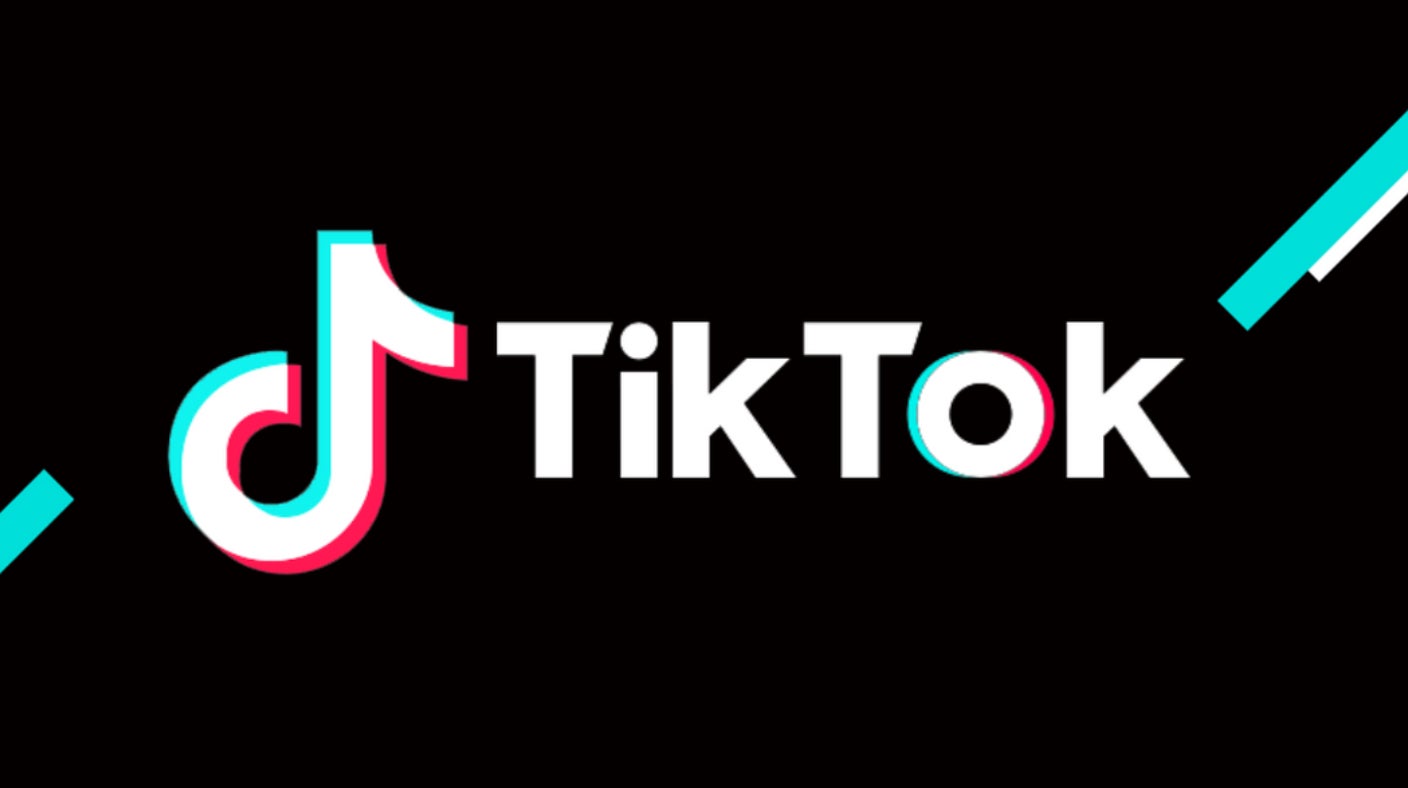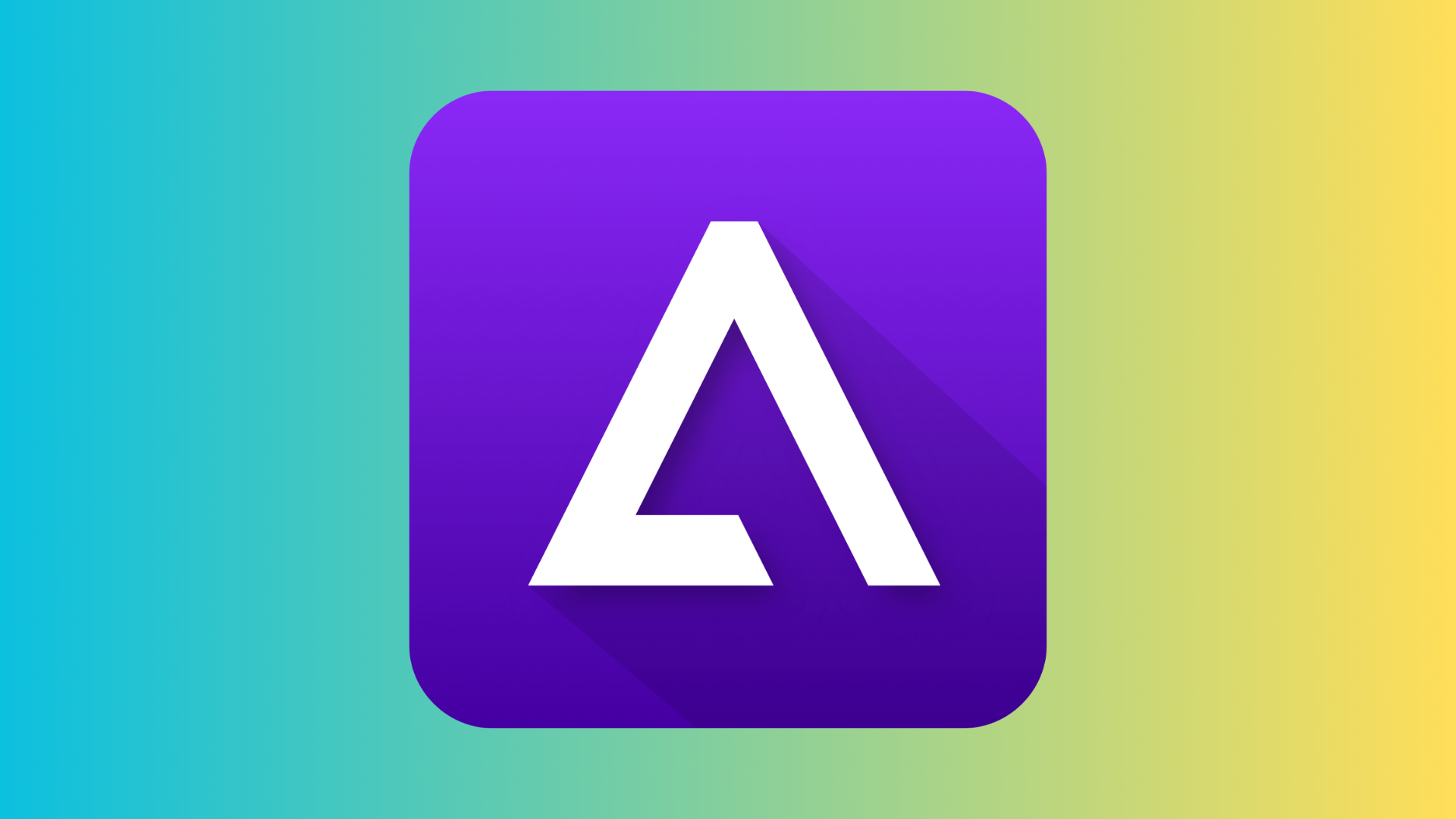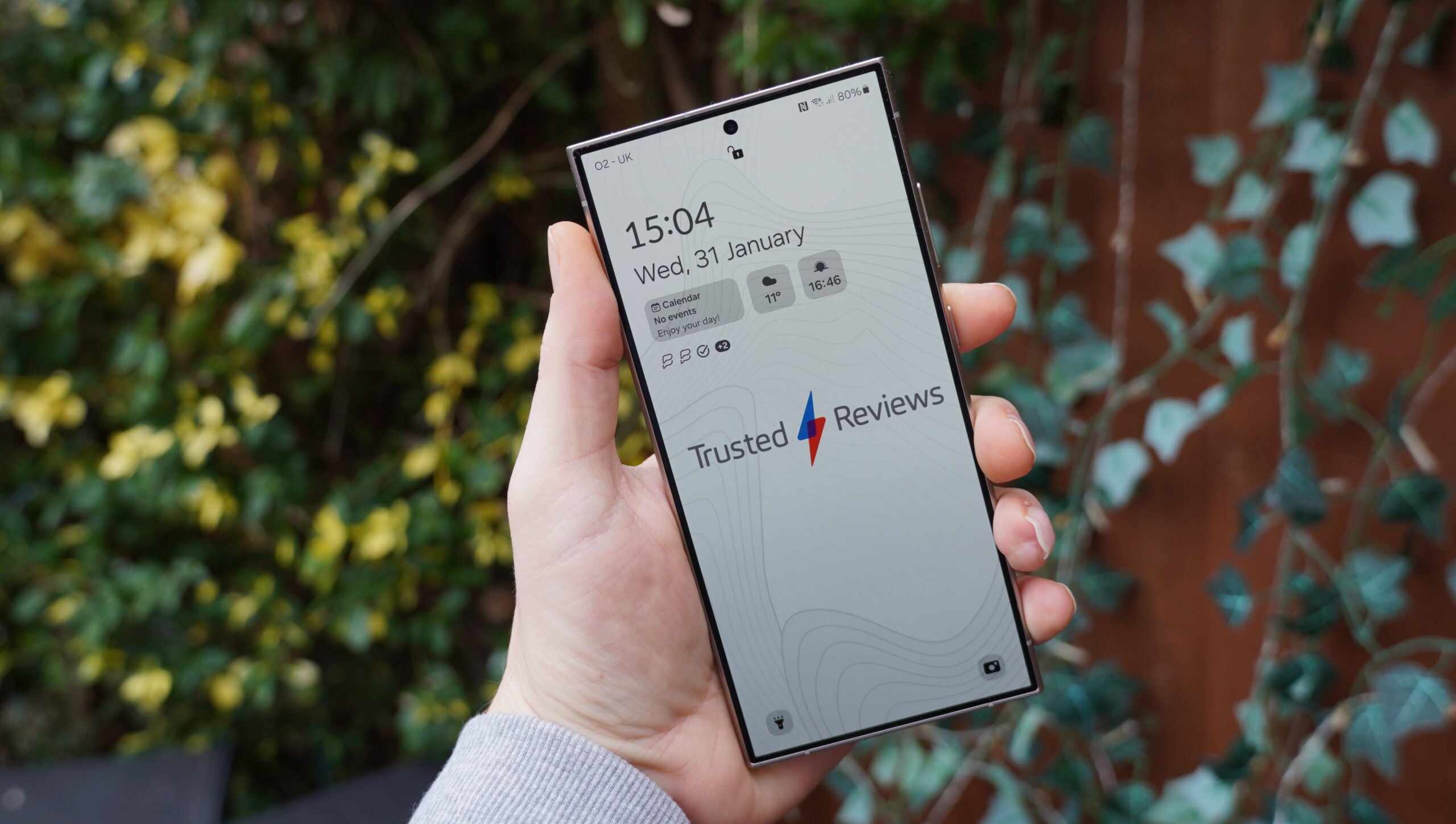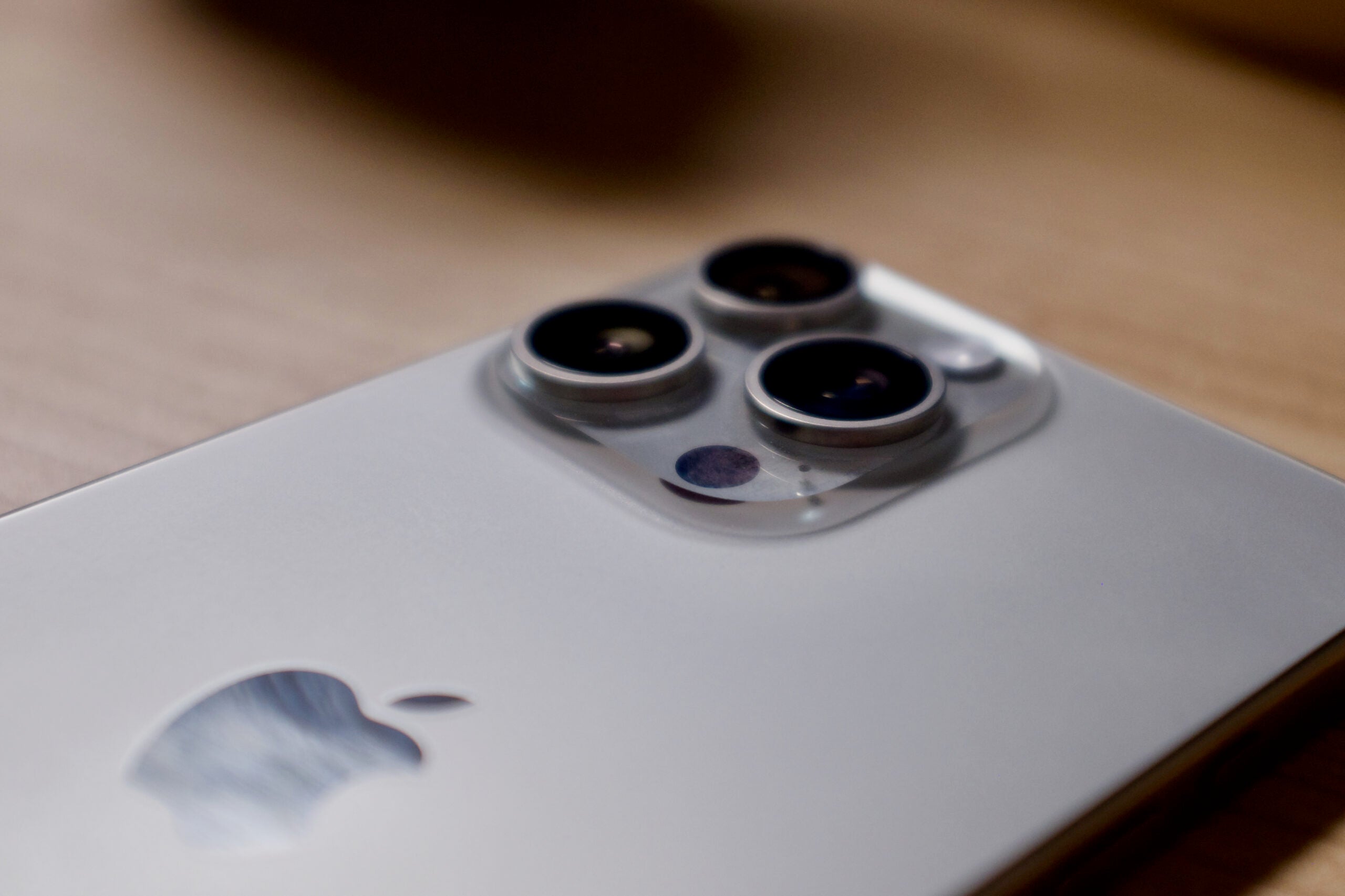What is a foldable phone?
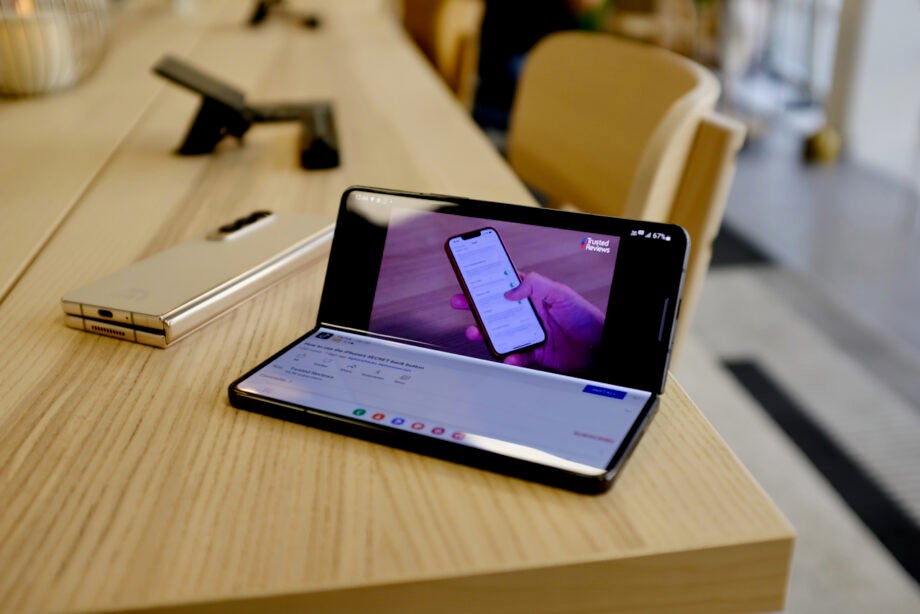
The trend of foldable phones has grown massively over the last few years. Here is everything you need to know about the new phone trend.
The smartphone world has changed a lot over the years, with most readers likely being able to remember their very first mobile device and how much it differs from what’s on the market today.
And one of the devices that has evolved the most has to be the foldable phone, a concept which has been spoken about for years but only recently implemented effectively.
To learn more about foldable smartphones and what they actually are, keep reading.
What is a foldable phone?
A foldable phone is a mobile device with a screen that folds in half with the aim of cramming a bigger display into a smaller package. They also tend to feature an elaborate hinge system to allow the folding design to function.
So far, we’ve typically seen two styles of foldable phone: one that opens up like a book to reveal a large interior display (think Galaxy Z Fold) or one that mimics a retro clamshell design. The most popular example of the latter is the Galaxy Z Flip or Motorola’s Razr series reboot.
Some of the disadvantages of foldable phones are that they’re inherently more fragile than a standard phone, as the hinged aspect makes them more vulnerable to breaks or cracks. The first Galaxy Fold, for example, was delayed shortly before release due to a lot of issues with the fragile body. However, this has improved a lot recently with Samsung even introducing an IPX8 water resistance rating to the Z Fold 3 and Z Flip 3.
What was the first foldable phone?
Depending on what you consider to be a foldable device, this answer can vary.
Technically, we can state that old flip phones were the first type of foldable phone. The first flip phone invented was the StarTAC and it was developed by Motorola in 1996, coming with a screen and keypad that could be covered by a hinged lid.
And anyone who had a phone from the 90s into the 2000s will remember this style. These phones could have variations of hinges and screens, though none of them had hinges actually embedded into the screen.
The first phone that came with a foldable screen came from an unlikely source. A small Chinese startup company called Royole released the Royole Flexpai in 2018.
The Flexpai could be used as a phone but also folded out to create a tablet with a 7.8-inch screen. Sadly, it was a truly terrible device with a poor UI and a rushed finish. Both Samsung and Huawei released foldable phones shortly after that are far more akin to what we see today.
What is the best foldable phone?
If you’re interested in a full breakdown of the best foldable phones on the market, check out our best list of foldable phones to see what our mobile experts think about all the options on the market.
While we’re not going to run through the best phones here, we can mention the most well-known foldable line available from Samsung.
Samsung has arguably made the best impression with its foldable phone. Its first foldable came in as the Galaxy Fold, which housed a 7.3-inch folding display on the interior as well as a 4.5-inch front display.
The company then released the Galaxy Z Flip 3 and the Galaxy Z Fold 3, which were well received. And most recently, it released the Galaxy Z Fold 4 and the Galaxy Z Flip 4, as sequels to the earlier foldable phones.
If you’re interested in what the latest Samsung foldable devices look like, click on the links prior to check out our first impressions of the devices.
And it’s important to note that Samsung isn’t the only company in the foldable market; Huawei also released the P50 Pocket, and Microsoft released a sequel, in the form of the Surface Duo 2.



